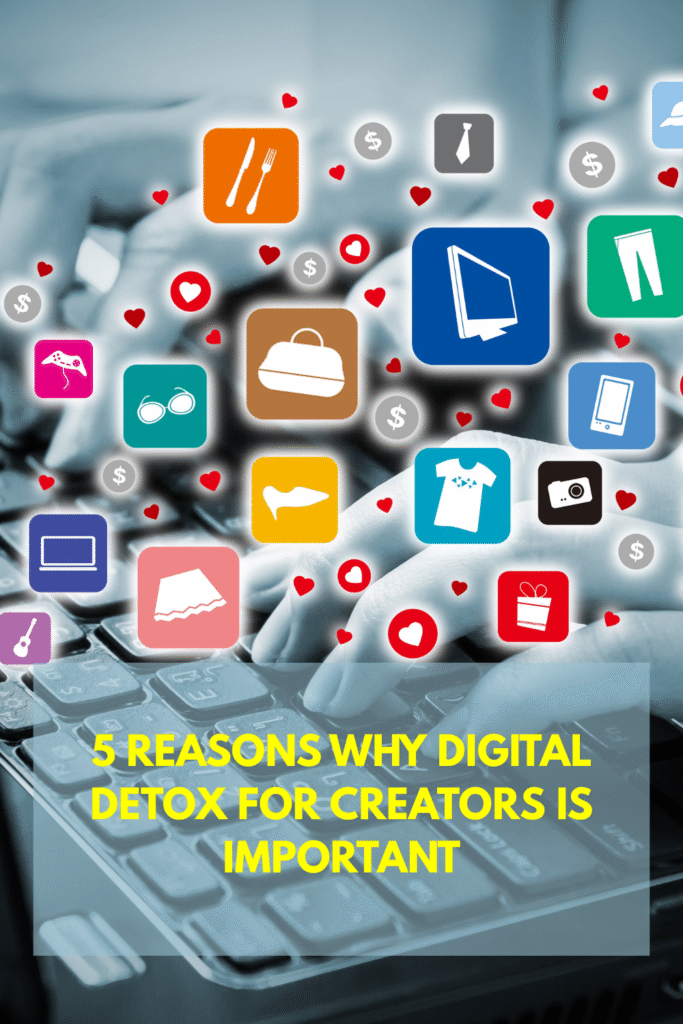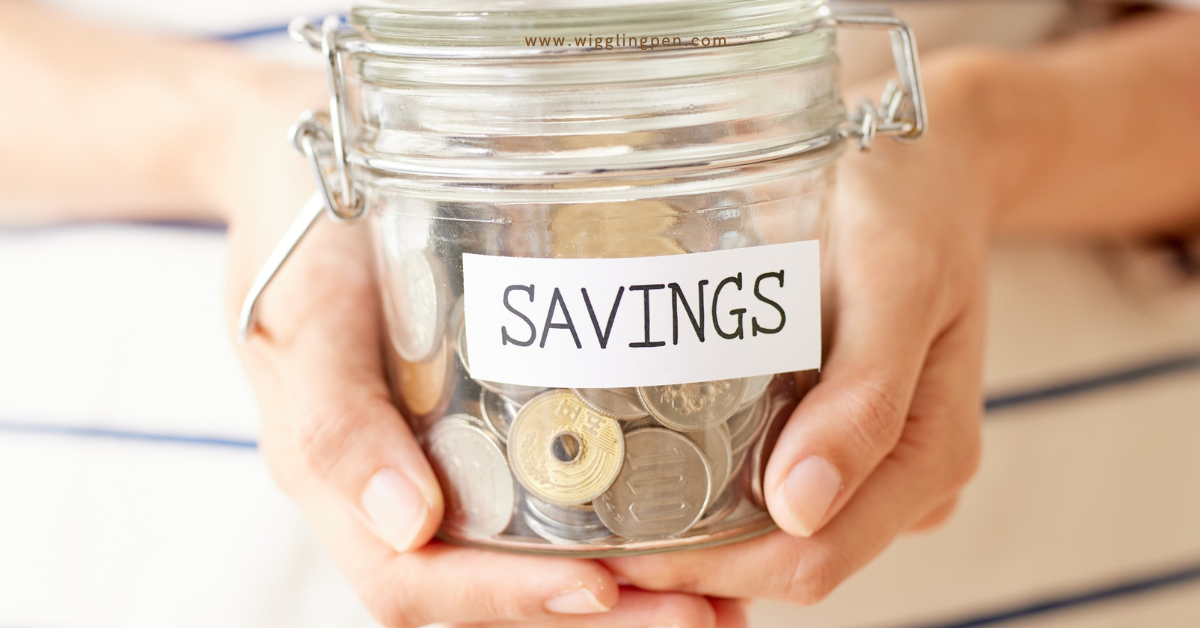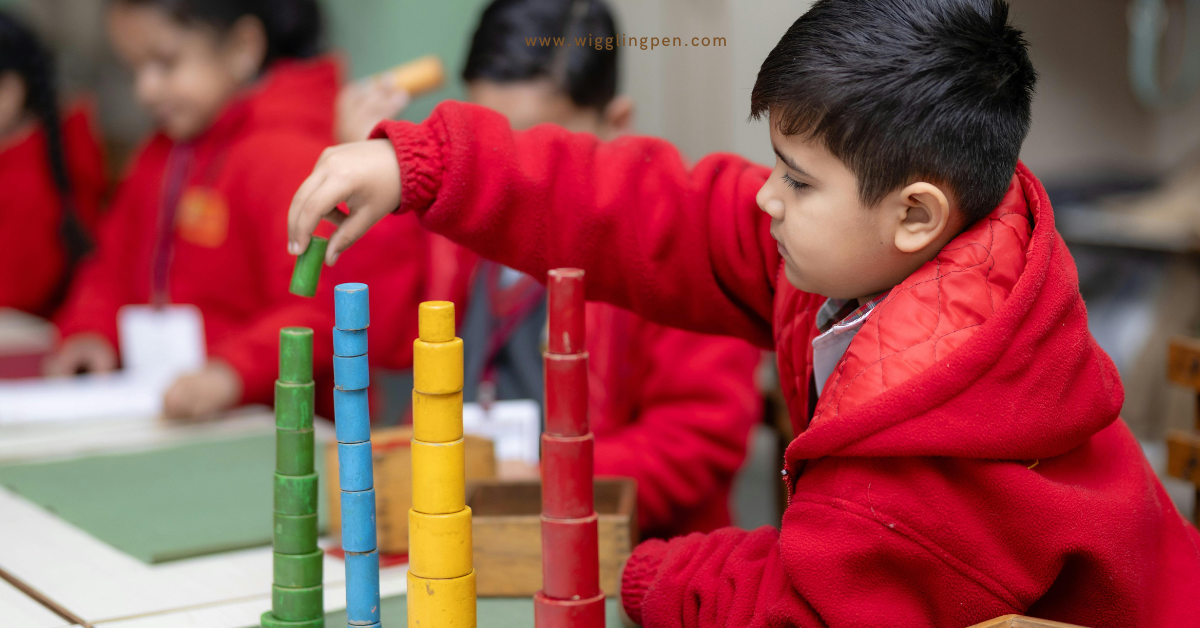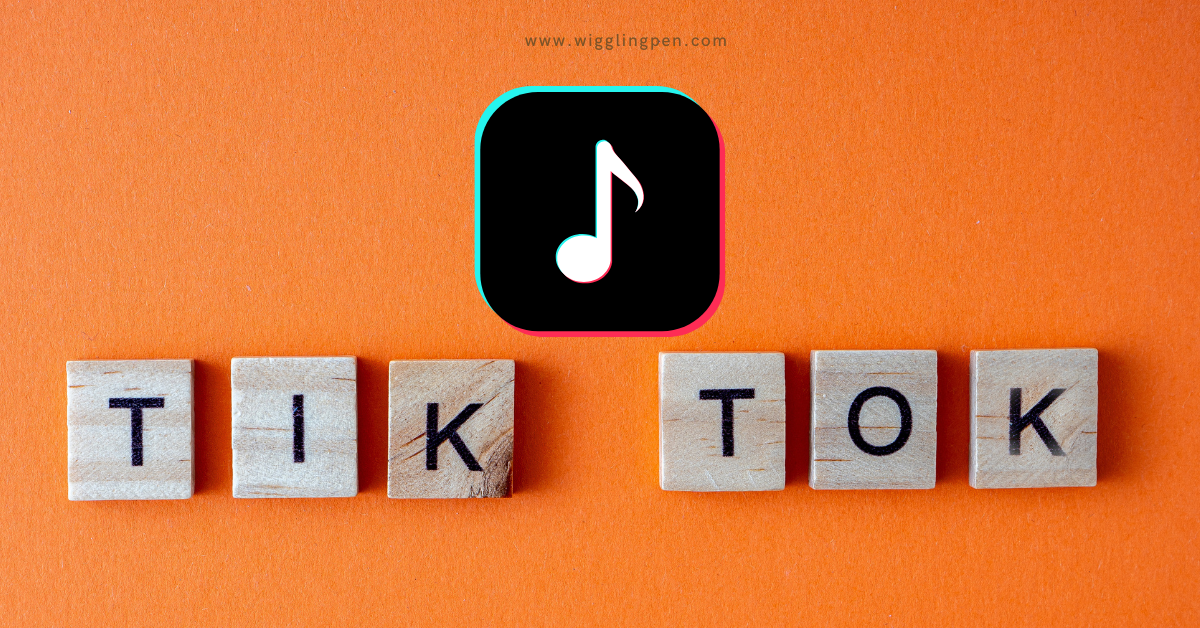
Table of Contents
In the world of creation — social media, content, campaigns — it’s easy to feel like you’re always “on”. As someone running a digital marketing agency, working with influencers, building campaigns and keeping up with trends, you’re immersed in the online world. That means the very thing that gives you reach and power also carries a risk: burnout, loss of creativity, blurring of personal boundaries, and diminished well-being.
That’s why a digital detox isn’t a luxury or a trendy buzz-term. For creators and marketers, a digital detox is a necessity. You’ll see ahead why the digital detox requirement is real, why digital detox is important for the long term, and exactly how to do digital detox in a way that preserves your creative edge rather than kills it.
What is a Digital Detox?
At its core, a digital detox means deliberately reducing or pausing your use of digital devices, apps, social media and online connectivity for a defined period. It’s not about rejecting technology forever, but about restoring balance: reconnecting with the physical world, reducing constant screen-stimulus, and creating real space for reflection and creativity.
When we talk about the need for it, we’re saying: you need to step back from the noise so you can reconnect with purpose, presence and creativity.
For creators, the requirement is especially high: you’re exposed to social feeds, DMs, trends, analytics, pressure to post, fear of missing out—every single day. Without boundaries you risk draining your “creative battery”.
Why the Digital Detox Need Is Growing
1 Digital Overload and Burnout
Creators live in an environment of perpetual connectivity: content posted, comments reacted, algorithm changes, new features, DMs, collaborations. This continuous engagement can lead to digital fatigue. For example, a two-week social media break improved sleep, satisfaction and reduced stress in a study.
Thus the digital detox need is not hypothetical—it’s a response to data.
2 Loss of Creativity and Focus
When you’re constantly scrolling, responding, producing, you leave little room for reflection, experimentation or deep thinking. According to one blog on creators, it helps reset the mind, regain focus and enhance creativity.
If your creativity is your currency, the digital detox requirement becomes urgent.
3 Well-Being and Mental Health
Excess screen time correlates with anxiety, poor sleep, decreased life satisfaction. The digital detox requirement here is about protecting your mental & physical health.
As a woman entrepreneur, blogger, mother and creative—your mental health is your foundation.
4 Boundaries and Sustainable Work
For creators, there’s no clear “off work” boundary when your laptop, your phone, your social media are your tools. A digital detox helps draw the line. One article notes that influencers are now setting one unplugged day each week. So the digital detox need includes building healthy routines.
Why Digital Detox is Important for Creators
Let’s dig into the “why” of “why digital detox is important” in your world as a creator, marketer, entrepreneur.
1 Preserve Your Authenticity
When you’re always chasing trends, reacting to algorithm shifts, posting for engagement rather than meaning—you risk losing the authentic voice that made you stand out. A digital detox gives you space to recharge and reconnect with your “why”, your values.
2 Improve Quality Over Quantity
Constant posting might boost visibility short-term but erodes value if the content lacks depth. Doing a digital detox lets you shift from output focus to impact focus. The brand discussion in a PR article shows this for brands—and similarly it applies for creators: fewer, more meaningful posts win.
3 Better Health = Better Performance
Better sleep, less eye strain, better posture, more physical movement = more energy, more resilience. These are not optional when you build campaigns and create content. Research shows digital overuse affects physiology.
4 Enable Strategic Thinking
If every moment is reactive, you never pause to plan, to think big. A digital detox creates space for strategy, innovation, reflection—a key role for someone running a marketing agency like yours.
5 Model Good Behaviour
You work with women entrepreneurs, community of creators. If you practise a digital detox or at least healthy boundaries, you become the example. Authenticity in your brand and voice gets reinforced.
Signs You Need a Digital Detox
Recognising the digital detox requirement starts with noticing the signals. Here are signs you’re overdue for it.
- Your creative flow has stopped. You feel stuck or repeat ideas.
- You find yourself mindlessly scrolling instead of producing.
- You wake up and check your phone first, you go to bed and check it last.
- You feel anxious if you miss a notification.
- Sleep quality is poor; you feel drained despite no visible reason. Research shows screen-time reduction helps sleep.
- You mix work and home without boundaries; you wake thinking about analytics or posts.
- Your body signals: eye strain, headaches, neck/back pain, tech-neck.
- You dread the screen, but can’t step away.
- You feel disconnected from offline life, family or deeper relationships.
If some of these ring true, you’re in the “digital detox requirement” zone. It’s time to act.

How to Do a Digital Detox: Practical Steps for Creators
Here comes the actionable part: how to do a digital detox without compromising your creator business. You want to unplug intelligently—not abandon your work.
1 Set Clear Boundaries (Define “On” vs “Off”)
- Define your working hours on your devices. When does your phone/laptop become “work mode” and when is it off?
- Decide a screen-free window each day (for example: last hour before sleep, first hour after waking) and honour it.
- On weekends, pick a “mini digital-detox” block: no social media for 4-6 hours, no analytics.
- Communicate your boundaries to collaborators/clients so they respect your off-time.
This is one of the best ways to meet the said requirement without major disruption.
2 Create ‘Device Free’ Zones or Times
- Make meals, bedtime, family time “device free”.
- Use the physical separation: your phone goes into another room after 9pm, or on “Do Not Disturb”.
- When planning content for your daughter’s life (thinking of your role as mom), carve screen-free time for real connection.
3 Use Technology Intentionally (Not Habitually)
- Turn off non-essential notifications. Each alert drags you back into screen mode.
- Use app timers – many phones have built-in screen-time dashboards.
- Instead of reactive scrolling, set purpose-driven times: e.g., 30 minutes slot for social feed, then stop.
- Remember: a digital detox doesn’t mean zero tech—it means mindful tech.
4 Schedule “Unplugged” Creative Time
- Block 1–2 sessions per week where you work without screens or at least no social-media tab open—brainstorming, planning, reflection.
- Go for a walk, take a notebook, write ideas away from the screen. That helps creativity.
- Regularly stepping away lets your mind incubate ideas. The digital detox requirement is fulfilled by giving space.
5 Track & Reflect
- After a week of boundary changes, reflect: how’s your mood, productivity, creativity, relationships?
- Keep a journal: “Screen time: X hours; Felt: Y”. You’ll identify patterns.
- Gradually increase or adjust your digital-detox practices based on what works.
6 Communicate Transparently
- If you’re an influencer or working with brands, let your audience know you’re doing a digital detox. It humanizes you.
- Set expectations: “I’ll be offline on Sunday afternoon; expect slower responses.”
- This adds to authenticity and sets up healthy norms in the creator-brand-audience ecosystem.
7 Use Off-Screen Activities for Recharge
- Physical activity, nature, reading, journaling, cooking—these are antidotes to digital overload.
- Diversify your downtime: not just TV, but activities that engage other senses and energy.
- A full digital detox may mean a weekend in nature, away from devices.
8 Plan For Periodic Extended Breaks
- Consider a full “digital detox day” each month: no social media, minimal device use.
- Some creators plan longer retreats. The key is to plan ahead so your business flow supports it.
- These longer breaks recharge deeply, meeting the deeper level of digital detox requirement.
Addressing Objections & Myths
- “I can’t do a digital detox because my brand needs me online.”
You can, by structuring presence and absence. Building in boundaries doesn’t mean you vanish—it means you are intentional. You’ll appreciate your online time more. - “If I unplug, I’ll lose followers or momentum.”
Actually, frequent burnout or low-quality output damages your brand more. A creator who is refreshed posts better. - “Digital detox means no tech at all.”
No. It means selective, mindful use. Even small breaks help. One study showed 2-week reduction in social media improved wellness. - “I’ll feel lost or disconnected.”
Initially, maybe. But the goal of digital detox is to reconnect—for you that means with your creativity, your values, your offline life.
Case Studies & Real-World Creator Context
1 Influencers Setting Boundaries
Many influencers now announce weekly “offline days” or “no-post weekends”. As one article notes: “I often encourage the influencers I work with to take at least one full day each week away from social media…”
By doing so, they meet the digital detox requirement of rest and recharge, and fans respect authentic boundaries.
2 Creators Who Recovered Creativity via Detox
The blog for online course creators says: stepping away from screens and digital distraction improved focus, creativity and work quality.
That directly shows the business benefit of digital detox for creators.
3 Brands Responding to the Trend
Brands are now creating “slow content” strategies to respect user well-being—a sign the digital detox movement is credible. As a marketer managing brand campaigns, you can harness this trend: integrate digital detox principles into your brand strategy.
How to Make Digital Detox a Regular Practice (Without Losing Your Online Presence)
Instead of treating a digital detox as a “pause button,” make it part of your regular rhythm. The key is consistency, not disappearance. Here’s how:
- Plan ahead. Before taking a break, schedule or queue posts so your content calendar stays active even when you’re offline.
- Delegate smartly. If you run a team, let someone handle urgent replies or community comments.
- Batch your digital time. Choose specific slots to check emails, analytics, or post content, then log out.
- Switch to mindful creation. Spend more time creating than consuming—write, brainstorm, shoot offline, and edit in focused blocks.
- End each week with a reset. Dedicate one day or even half a day to unplug, review the week, and plan the next one without screens.
This approach ensures your digital detox supports your creativity and business instead of clashing with them. You stay consistent online, but your mind gets real breathing space offline.
How to Embed Digital Detox into Your Weekly/Monthly Rhythm
Here’s a sample schedule you might adapt:
Weekly Rhythm:
- Monday–Friday: Work hours with screen time boundary (e.g., 9am–7pm).
- Daily Screen-Free Window: 8pm–9pm – no devices, family time.
- Wednesday: “Half-screen day” – only essential tech, no social feed between 5pm–9pm.
- Sunday Afternoon: 4-hour digital detox—no posts, no analytics, no notifications. Reflect & plan offline.
Monthly Rhythm:
- First week of each month: Plan for a “digital detox day” (e.g., first Saturday) – total unplug for 12-24 hours.
- End of month: Review your screen-time stats, journal your mental and creative state.
- Quarterly: Retreat for 1-2 days away from devices — think nature, reading, strategy, visioning.
Metrics & Mindset: Knowing It’s Working
When you begin doing a digital detox, how do you know it’s helping?
- You’ll feel more energetic a few hours after unplugging rather than drained.
- Your creative ideas will feel fresher; you’ll have fewer “brain fog” moments.
- Your sleep quality will improve; you’ll wake without the urge to immediately check your phone.
- You’ll feel more connected with real-life people, less trapped in feeds.
- Your content quality improves; fewer “just-to-post” posts, more meaningful work.
- Analytics may show improved engagement because your audience responds to authenticity, not over-posting.
Track these in a simple journal: date, hours of screen time vs unplug time, mood (1–10), creative output (notes). After a month you’ll see trends.
Long-Term Vision: Digital Detox as a Lifestyle
The goal is not a one-off “detox week” and then resume old habits. It’s about embedding the digital detox mindset into your ongoing creator life.
You’ll create:
- A sustainable creator career (not burnout).
- An agency model that respects human rhythm not just metrics.
- A personal life and family life where the screen isn’t the default.
- A public voice that normalises balance for others in your community.
In other words, you shift from “always online” to “online with purpose”. That’s why the digital detox requirement matters long term.
Challenges and How to Overcome Them
1 FOMO (Fear of Missing Out)
You might feel you’ll miss trends, collaborations, opportunities.
Solution: Plan the detox around your schedule. Use automation or delegate routine tasks. Communicate ahead.
2 Client/Brand pressures
You may feel that clients demand instant responses or continual posting.
Solution: Set expectations at the start: availability windows, cadence, response times.
3 Habit-Loop of Checking Phone
Habitually reaching for the device is hard to break.
Solution: Replace with new habit—walk, notebook, breath. Use app timers.
4 Metrics Anxiety
You might worry about drop in engagement.
Solution: Track longer-term metrics (quality, retention) not just daily numbers. Your audience will respond to authenticity.
Tools & Techniques That Support Digital Detox
- Screen-time trackers (built into iOS/Android) to monitor usage.
- App blockers or “focus mode” features.
- Schedule posts or content ahead to reduce daily load.
- Use phone “Do Not Disturb” during screen-free windows.
- Physical notebook or whiteboard for brainstorming offline.
- Screen-free rituals: morning walk, reading, meditation.
- Align your team/family/community to support your screen-free times.
Final Thoughts
As a creator, as someone running an agency and as a mother, your value rests on your ability to create, connect and recharge. The digital detox requirement is not a distraction—it’s a strategy for longevity, clarity, creativity and wellness.
By embracing the need for a digital detox and understanding why digital detox is important, you unlock better work and better life.
By knowing how to do digital detox — with boundaries, routines, reflection, offline time — you stay human, present and creative.
Your next step: Pick one screen-free window this week. Put your phone away, no social feed. Do something offline. After one hour, note how you feel. That is your first digital detox in action.
This post is a part of Blogchatter Half Marathon
© Ruchi Verma
Disclaimer: This article is not published as financial advice or any other financial legal issue. This post is written as an informational part, please read all guidelines carefully before investing in financial transactions. We recommend you consult your financial planner before investing in any financial decisions.
Copyright:
Unauthorized use or duplication without express and written permission from this site’s author and/or owner is strictly prohibited. Excerpts and links may be used, provided that full and clear credit is given to the original content.







I agree that digital detox is very important for content creators today. More than a pause, it’s a step towards relaxing and energising.